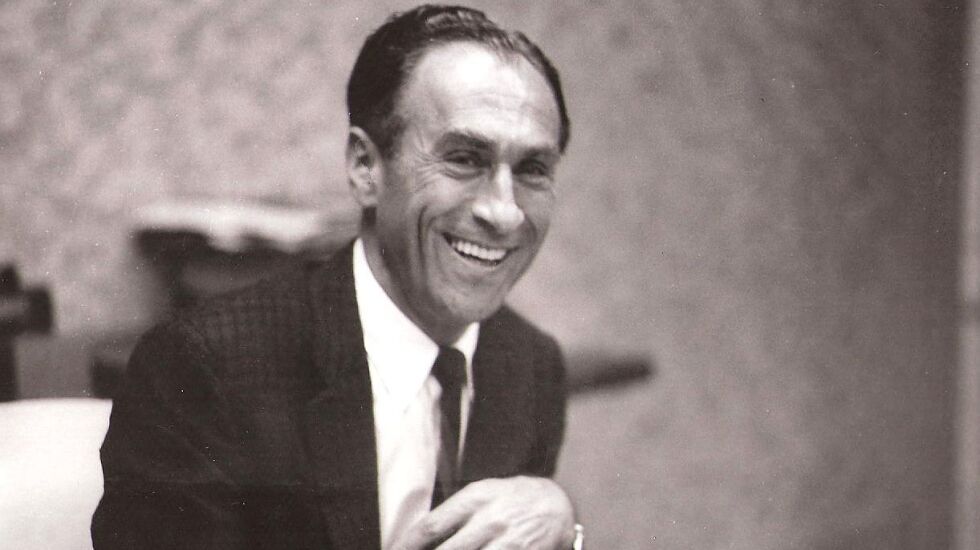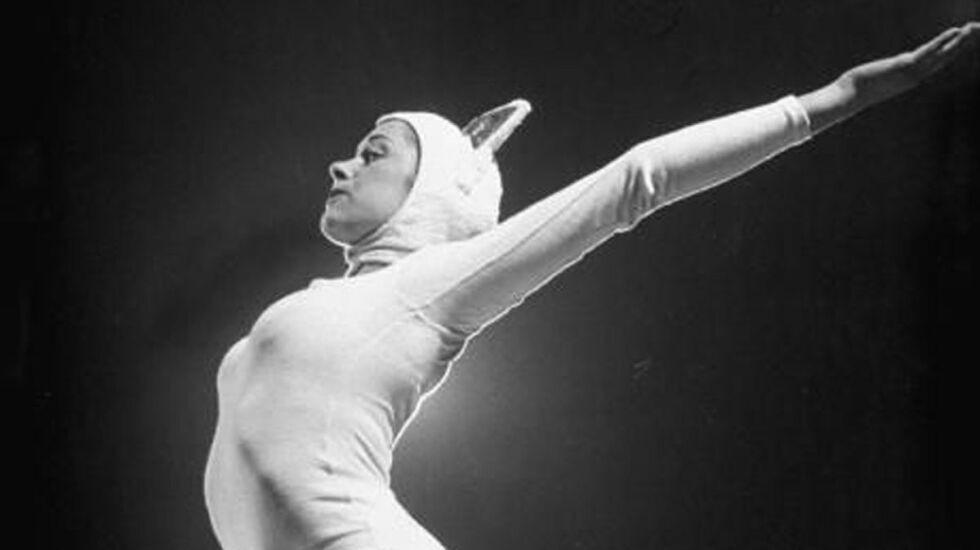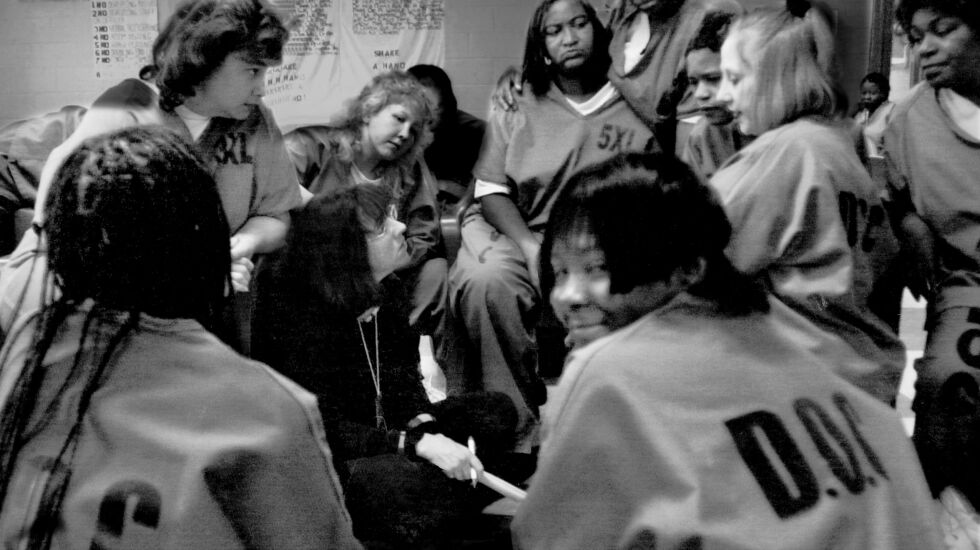
I’ve written too many obituaries of people who died in their 20s and 30s or died just days after retirement, their dreams of an African safari — or just the chance to clean out that garage — unrealized. I might contribute to the Sun-Times from time to time, but right now I’m planning to retire and travel.
I’ve spent most of my life in Chicago or on its fringes. I love her Cleopatran, infinite variety. And being an obituary writer gave me the luxury of being a student of her history and learning something every day. It’s been a privilege to hear your stories and share them.
They have given me a hint of what it would be like to live in a different place and time. They have taught me about the power of the human spirit to overcome.
They’ve made me feel I’ve carried on the Irish tradition of being a seanchaí — a storyteller. Or, in the words of a gamer I once interviewed, “You’re a psychopomp!” I loved being likened to mythological figures who help guide souls to the afterlife.
Sometimes, I wrote about famous people.
When John Prine’s wife revealed in March 2020 that he had COVID, I started preparing an obituary I hoped wouldn’t have to run.
But when it did, I wrote, “John Prine’s lyrics were like Edward Hopper paintings. His songs conjured empty Greyhound stations, pawnshops, rusty railroad tracks, flies in the kitchen and nights with too much tequila. They were populated by hobos and lonely people staring out of back-door screens.”
A predecessor on this beat, Brenda Warner Rotzoll, used to say she liked doing obituaries because “you meet the nicest people.” I have loved writing about people who weren’t famous but who led extraordinary lives.
THE PEOPLE I ‘MET’
I will never forget learning about Paul Kraus, a Chicago liquor executive who was an American GI in World War II. While on duty in a POW camp in his native Austria, he recognized an infamous Nazi soldier by the dueling scars on his face. Thanks to the research I got to do on this job, I found out there’s a German word for those scars: renommierschmiss. They were sometimes viewed as status symbols — signs of an upper-class education.

The German soldier turned out to be Otto Skorzeny, who had helped break Benito Mussolini out of a mountaintop prison in Italy. Skorzeny later was tried but acquitted on charges of sending Germans in American uniforms to try to infiltrate Allied lines at the Battle of the Bulge.
Unlike his relatives who perished in the Holocaust, Mr. Kraus survived because he’d gone away to medical school and then found a haven in Shanghai, which harbored many Jewish refugees.
He told his family he didn’t want his cremated ashes scattered over the Alpine slopes where he skied until he was 92: “Don’t bring a part of me back to Austria. They didn’t want me.”

For another obituary, I contacted the family of Alva Roberts, who died at 101 years old and was the wife of a bishop with the Church of God in Christ.
I learned that Mrs. Roberts was first lady at the church where the wake had been held for 14-year-old Emmett Till, lynched in Mississippi, supposedly after whistling at a white woman. An estimated 50,000 people lined up for his viewing. Mamie Till-Mobley insisted on an open casket for her son to “let the world see what I’ve seen.”
And Mrs. Roberts was there with her husband, Bishop Isaiah Leon Roberts, greeting and tending to the mourners when they collapsed with grief at the sight of Emmett’s battered body.

Once, I saw a death notice in the paper for a woman named Meta Elste. It said she was a member of the U.S. Olympic gymnastics team at the 1948 and 1952 Olympics. Her family said that, while training, she met a young athlete named Johnny Weissmuller, later famous for playing Tarzan in the movies. At one point, she joined a traveling circus. On the road, she met cowboy film star Tom Mix and Donald O’Connor, the song-and-dance man known for “Singin’ in the Rain.”
I found out from the U.S. Olympic Committee that Mrs. Elste shared the 1948 Olympic bronze medal with her team. In those days, women weren’t given individual gymnastics medals. “I just don’t think they thought about giving medals to women,” gymnastics historian A.B. Frederick told me.
That was less than 10 years before I was born.

I wrote about mathematician Rudy Horne, a Crete-Monee High School alum who earned multiple advanced degrees and, as a technical consultant, checked the math for the movie “Hidden Figures.” Mr. Horne helped the actors write out the long calculations on the blackboards in the movie.

When I started researching an obituary on mortician Bernard Slaughter Sr., I learned that he prepared Sam Cooke’s body for viewing after the legendary Chicago soul singer was shot to death in 1964 by a Los Angeles motel clerk. An estimated 8,000 people lined up in freezing temperatures for the wake.

Another person I wrote about was Art Paul, the designer of Playboy’s famous bunny logo, who created it in 30 minutes. “You can do pretty nice things in half an hour,” he had once told me.

I found out that Lombard musician-composer Albert Legzdins was a superstar in Latvia who couldn’t walk down the street in Riga without being asked for an autograph. The music of the group he co-founded, the Čikāgas Piecīši — the Chicago Five — knitted together Latvian pride, longing for homeland and freedom from Soviet control.
When I wrote that obituary, Andris Teikmanis — then the Latvian ambassador to the United States — told me: “Everybody knew these songs by heart. We could sing these songs, and we felt like we are the same as Latvians who are in the U.S. It was a link between Latvians and the free world.”

Five years ago, I wrote an obituary for 103-year-old Adele Bernstein, who as a girl gave a talk at the Chicago Public Library to Civil War veterans. I felt as if the past was reaching out of a history book and grabbing me. I’d been alive at the same time as a woman who met people who fought in the Civil War.
There was Holocaust survivor Sylvia Melamed, whose videotaped oral history is in the collection of the USC Shoah Foundation. With a tiny tilt of her head, she conjured, for a moment, what Josef Mengele looked like as she stood before the Angel of Death at Auschwitz.

I wrote about Thomas Carollo, a Sun-Times artist who created a map of one of the city’s most notorious crime scenes — the townhouse at 2319 E. 100th St. where Richard Speck strangled and stabbed eight student nurses in 1966. Another artist, John Downs, told me: “He remembers it being such a mess that they just threw mattresses on the floor for them to walk on.”
Of everything I’d seen and read, it was that detail that made the horror real to me.

There was the obituary I wrote about Tuskegee Airman Jack Lyle, who not only defied racism to excel as an aviator but also invented a loincloth for men he called the Jonfre. His fourth wife, Eunice, told me she used to say: “I’m No. 4, there’ll be no more.”
LIFE’S LITTLE DETAILS
I remember talking with a former Cook County Jail employee while doing research for the obituary of Dick Callahan, a plumber at the jail. That employee told me he never forgot the cells filled with men locked up on marijuana arrests in the 1960s and 1970s.
He talked about all of those poor men — “and now it’s legal.”

Once, a woman I was interviewing told me her deceased friend had been a big fan of trumpeter Chet Baker — and saw the musician kissing two different women on the same day.
Baker’s face, once a glorious amalgam of planes and angles, looked like a splice between Angelina Jolie and James Dean. To me, it sounded like a scene from a Hollywood movie.
I interviewed a police officer for the obituary of a fellow animal lover. He told me about the time officers stopped a group of mean, bored kids who were killing some kittens in a parking lot. One kitten survived. Decades later, I could hear the emotion in his voice as he said he took that kitten home and fed it and loved it.
I’ve hoarded words that I thought were beautiful and tried to use them in obituaries when the moment was right. And so I’ll insert one in this farewell column: His cat lived long enough to be a grimalkin — a wizened old cat.

I interviewed scholar Henry Louis Gates Jr. for the obituary of Bill Farley, a friend of his from Yale. Upon hearing I was an obituary writer, Gates recalled that, growing up in Piedmont, West Virginia, his mother, her head bent over, would write obituaries for the Black people in their community.
HISTORY LESSONS
I wasn’t taught much in school about our nation, during World War II, having incarcerated its citizens for being Japanese. But, from this job, I Iearned that large groups of former internees found their way to jobs in Chicago during and after the war. Many settled near Wrigley Field.

One of them was Rose Okabe, a Seattle native who was held at the Tule Lake Segregation Center in California. She and her husband Tom wound up working and raising a family in the Chicago area.
I unearthed some academic papers containing their recollections about wartime experiences. The Okabe children had never seen some of the stories before. Their gratitude is a gift I will always treasure.
Her son Rick remembers taking relatives on a tour of Utah’s old Topaz Relocation Center in the 1990s: “My mother and her sister started to cry, sobbing. When we were driving back to Salt Lake City, my mother admitted she had not cried in 50 years.”
“People need to know what happened to us,” Mrs. Okabe told her children, “so it doesn’t happen again.”
I also loved to listen to stories about people coming to Chicago during the Great Migration, looking for a better life for themselves and their children.
I saw the arc of postwar prosperity in some of the obituaries I wrote. Men who returned home from the war and went to school on the GI Bill were able to raise big families while their wives stayed home, taking care of the kids and being active at their schools, churches, garden clubs and charities.
The child of a man I wrote about told me: “A lot of people work hard now, but they can’t afford a house. . . And, in addition to that, you know, we had vacations, and they sent three kids to Purdue.”
OBITUARIES IN THE AGE OF COVID
During the COVID-19 pandemic, I listened as people ruminated over doubts and worries after deaths. When exactly had their loved one taken a turn for the worse? Did they get them to an emergency room too late? Had they done the right thing when they decided to leave a relative in a nursing home? Or to bring that family member home?
For a time, I was president of an organization called the Society of Professional Obituary Writers. Members of our group came to the realization that the work we were doing helped knit together virtual communities during our dreadful isolation.
“I and other obit writers tried to bear witness to a world-changing calamity by writing about people of every social class, ethnicity and profession,” I wrote in a column for Harvard University’s Nieman Foundation. “Unless news organizations continue to invest in obituaries, the next time we have a crisis, one fundamental way of keeping people together — and informed — will be lost.”
I WON’T FORGET
I remember speaking for one obituary with a family member who urged me not to contact another relative, saying that person had gone into the deceased’s house before anyone else and taken the jewelry. I heard those kinds of comments more than once.
But I also think about the people who read the obituaries I wrote and sent emails and letters to say the stories had helped them appreciate the little things in life.
I’ll end this column with Danny Stanton, who was only 4 years old when he died of complications from a seizure. His parents tried to create something good out of their pain by working to educate people about seizure disorders and epilepsy.
In his death notice, they wrote something that I’ve tried to do in the years since I wrote his obituary:
“Please go and enjoy your life. Danny did.”








